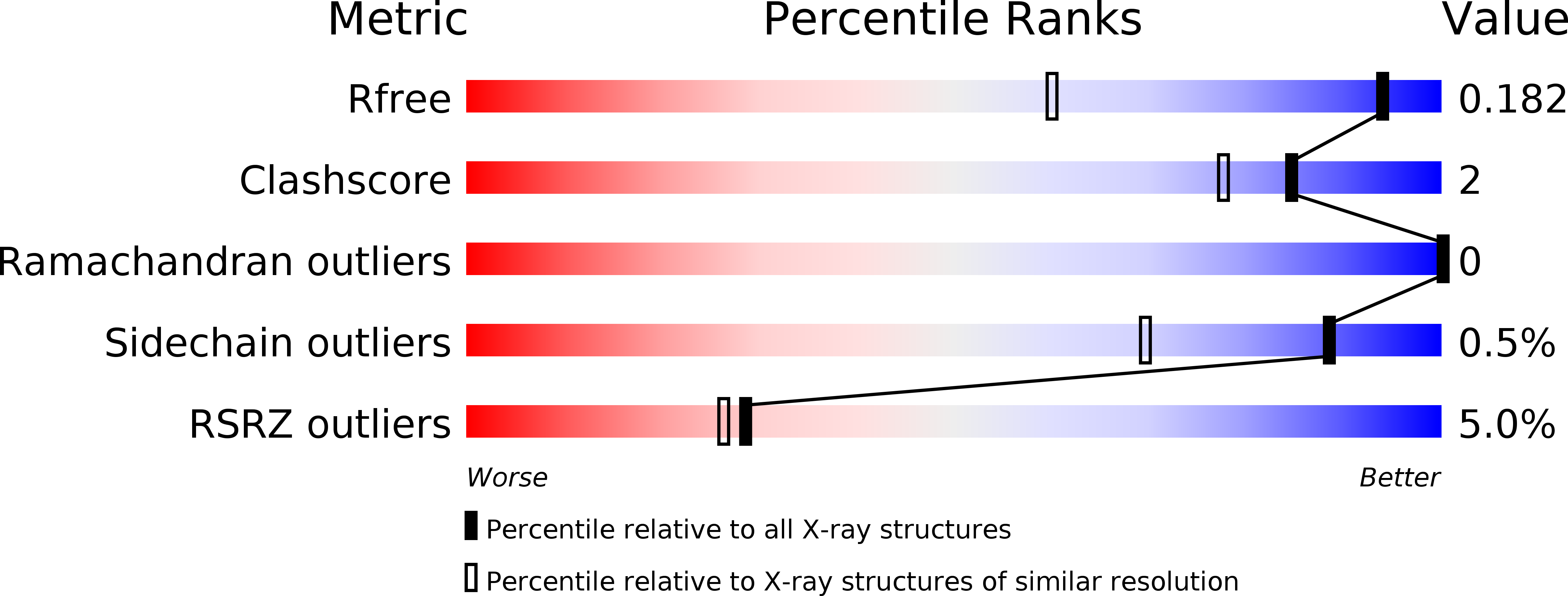
Deposition Date
2020-02-11
Release Date
2020-11-18
Last Version Date
2025-10-01
Entry Detail
PDB ID:
6Y18
Keywords:
Title:
Ternary complex of 14-3-3 sigma (C38N), Estrogen Related Receptor gamma (DBD) phosphopeptide, and disulfide PPI stabilizer 3
Biological Source:
Source Organism:
Homo sapiens (Taxon ID: 9606)
Host Organism:
Method Details:
Experimental Method:
Resolution:
1.30 Å
R-Value Free:
0.18
R-Value Work:
0.16
R-Value Observed:
0.16
Space Group:
C 2 2 21


